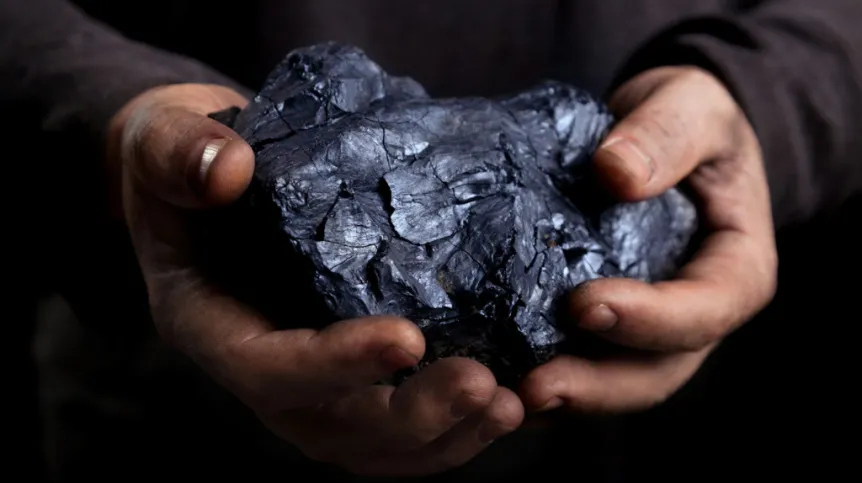
Raw materials were being mined in Upper Silesia already 12 thousand years ago. These are the conclusions of scientists who in recent years have studied bogs in Miasteczko Śląskie near Tarnowskie Góry. They found prehistoric traces of industrial activity.
The results of these studies are presented at the exhibition opened at the Centre of Silesian Culture in Nakło Śląskie "Read in the peat bogs - the origins and methods of obtaining metals in the Tarnowskie Góry mineral area". Several boards present the methods used to study bogs, types of minerals and other raw materials extracted from peat layers from different ages, and traces of ancient cultures found on the dunes near the peat bogs.
Peat bog layers forming at different times accumulate contaminants deposited by wind and water - including technological pollutants produced by the ancient communities. This includes the mineral contaminants formed while washing the mining ore in watercourses. C-14 radiocarbon dating of the formation of layers of peat bogs allows to assign certain types of contaminants to the time they were deposited in the peat.
Previously it was believed that industrial activity in the area of Tarnowskie Góry began in the Middle Ages. President of the Association of Friends of the Tarnowskie Góry Land (Stowarzyszenie Miłośników Ziemi Tarnogórskiej, SMZT) Marek Kandzia said that thorough research was initiated by Leszek Chróst of Gliwice Research, Measurements and Ecological Expertise Laboratory, who found traces of prehistoric industry in the peat bogs.
Chróst, a trained biologist, studied dozens of peat bogs in his career. In this particular case, he was surprised by unusual contamination values at different periods. "We started to research this and the first thing we found was that the lead contamination correlated with contamination with charcoal used as fuel in furnaces" - Chróst told PAP.
Research was carried out by several independent groups - in addition to SMZT also by research institutions: the Institute of Archaeology and Ethnology PAS in Warsaw, Silesian University of Technology, the University of Silesia and the Institute of Environmental Engineering PAS in Zabrze. Research carried out by dozens of specialists in the fields including archaeology, geology and geomorphology, as well as physical and chemical analyses, produced results suggesting the acquisition of mineral deposits in this area since the end of the Mesolithic through the Neolithic to modern times.
A few years ago, archaeologists led by Eugeniusz Fołtyn discovered 6 thousand years old remains of a camp near the city centre in Miasteczko Śląskie. During excavations in the district Żyglin they found hundreds of stone products, including 21 tools from the Middle Stone Age. Particularly interesting place to study was the dune, which appeared in the area 10 thousand years ago. According to archaeologists, a group of specialized hunters, gatherers and fishermen lived there.
In the vicinity of the Mesolithic sites there are traces of lead and possibly iron smelting in the last 2 thousand years. In the bog formed in the basin of the area, in layers formed from the year 8900 to 10100 BC researchers found nuggets of natural iron and silver alloy, gold and silver and copper alloy, as well as oxides and carbonates of copper ore.
One of the most interesting finds is an evenly burnt fragment of pine trunk with a length of 3.5 meters, dating back to 2040 to 1770 BC. It could be a part of chimney structure used to obtain higher temperature in the furnace.
According to the researchers, the cluster of differently aged sites in a small area indicates that these lands were attractive for the old and ancient communities. The border between catchment basins of the rivers Vistula and the Oder also runs through these sites. Under these conditions, the natural erosion of the soil revealed rock ore minerals such as malachite, cuprite, nuggets of precious metals, hematite, galena and zinc ore.
The exhibition, organized jointly by Association of Friends of the Tarnowskie Góry Land and the Centre of Silesian Culture in Nakło Śląskie, will be open until 15 March.
PAP - Science and Scholarship in Poland
kon/ pat/ mrt/
tr. RL













